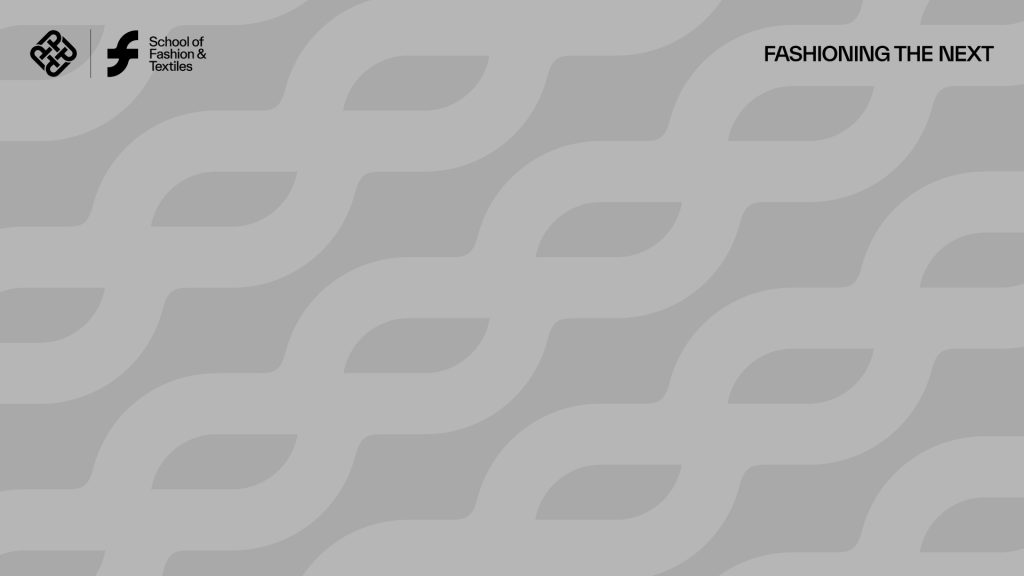This study focuses on the fabrication of an anisotropic textile brace that exerts corrective forces based on the three-point pressure system to treat scoliosis, which is a medical condition that involves deformity of the spine. The design and material properties of the proposed anisotropic textile brace are discussed in detail here. A case series study with 5 scoliosis patients has been conducted to investigate the immediate in-brace effect and biomechanics of the proposed brace. Radiographic examination, three-dimensional scanning of the body and interface pressure measurements have been used to evaluate the immediate effect of the proposed brace on reducing the spinal curvature and asymmetry of the body contours and its biomechanics. The results show that the proposed brace on average reduces the spinal curvature by 11.7° and also increases the symmetry of the posterior trunk by 14.1% to 43.2%. The interface pressure at the corrective pad ranges from 6.0 to 24.4 kPa. The measured interface pressure shows that a sufficient amount of pressure has been exerted and a three-point pressure distribution is realized to reduce the spinal curvature. The obtained results indicate the effectiveness of this new approach which uses elastic textile material and a hinged artificial backbone to correct spinal deformity.
Design and fabrication of anisotropic textile brace for exerting corrective forces on spinal curvature

Testing
Testing
